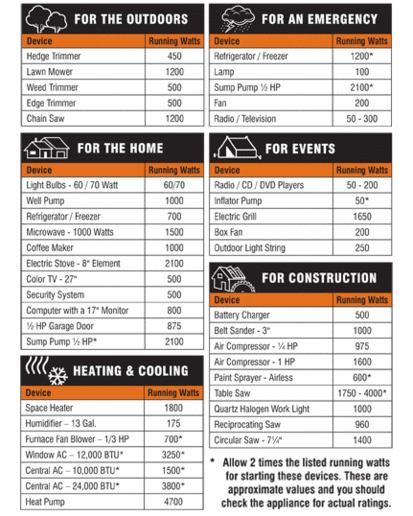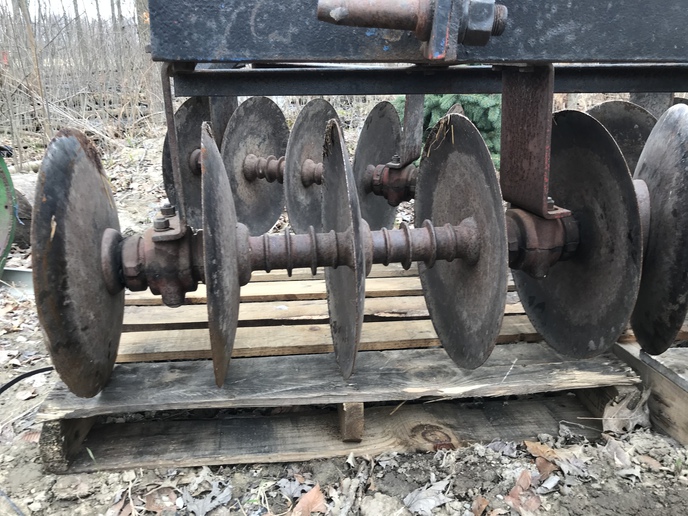So, I finally bought me a portable gasoline generator, 7K peak, 6K running. I’m trying to figure out just what I can run on it as far as my furnace fan, tankless gas water heater, fridge, etc. My thinking is to kill everything in the house and put an amp clamp on the cable between the house and the generator, then turn one thing on and see how many amps that item pulls. Using the formula “Volts X Amps = Watts” I should be able to make me a list of what I can run at the same time without overloading the generator.
Am I thinking right? I’m not trying to run the whole house, it’s not enough generator for that.
Thanks.
-Scott
Am I thinking right? I’m not trying to run the whole house, it’s not enough generator for that.
Thanks.
-Scott



